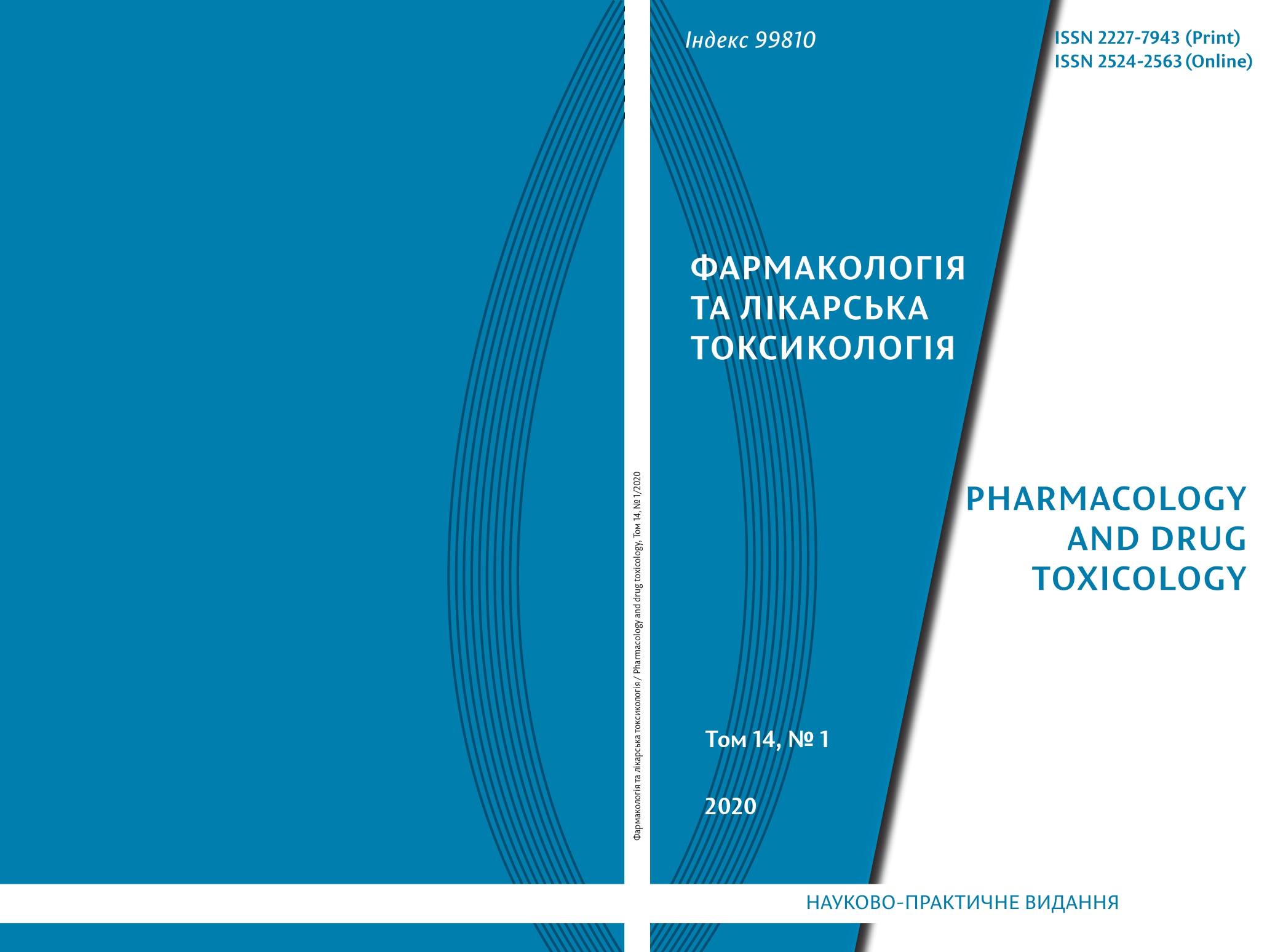Abstract
According to modern views, COX-2 inhibition is observed as one of the most important mechanisms of anti-inflammatory activity of non-steroid anti-inflammatory drugs (NSAIDs). This is why search for new NSAIDs selective to COX-2 is a very relevant task. The aim of the research is to synthesize and study an affinity of 4-amino-N-(4,5,6,7-tetrahydro-3Hazepin-2-il)-benzenesulphonamide derivatives to COX-2 receptor compared with celecoxibe – known selective COX-2 inhibitor on the stage of primary molecular docking. By boiling equimolar quantities of 2-metoxi-3,4,5,6-tetrahydro-7H-azepine and 4-aminobenzolsulphonamide in tholuene, 4-amino-N-(4,5,6,7-tetrahydro-3H-azepine-2-il)-benzolosulphonamide was synthesized. By further modifications of final amino group, corresponding acyl-(4 ac) and aroil derivatives (5 dh) were synthesized. There were indicated, that all compounds showed good values of affinity to cyclooxygenase 2. The basic molecule 3 and compounds 4 ac occupy position in niche, which characterizes celecoxibe. Their minimal free binding energy is located between -8,6 kcal/mol and 9,3 kcal/mol, which gives a basis to evaluate these compounds as potential COX-2 inhibitors. Experimental verification of anti-inflammatory and analgesic activity forecast was conducted on example of compound 4 a, using white mice and rats. Anti-inflammatory activity of compound 4 a was researched on carrageenan model and antinonciceptive activity – on model of visceral pain syndrome and carrageenane induced pain. Comparative study of 4 a compound and celecoxibe gave possibility to assume, that one of the mechanisms of anti-inflammatory activity of 4 amino-N-(4,5,6,7-tetrahydro-3H-azepin-2-il)-benzensulphonamides derivatives can be realized by interaction with COX-2. The results obtained indicate the prospect of searching for active compounds as COX-2 inhibitors in pointed chemical range.
